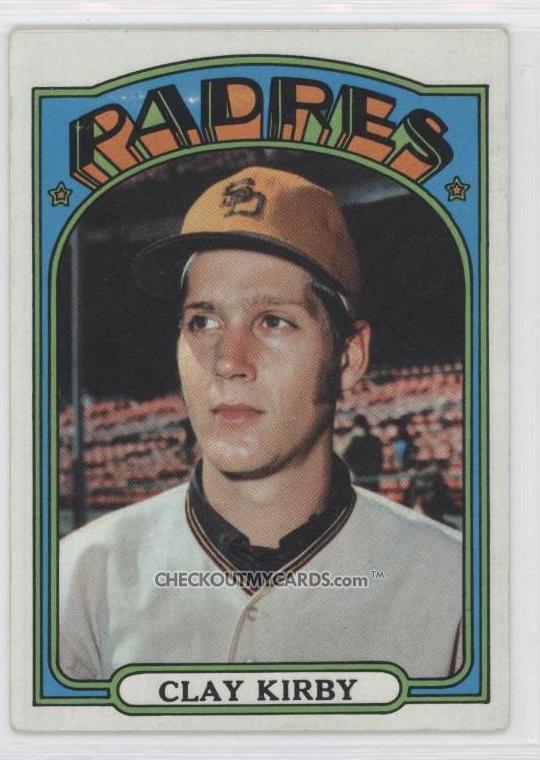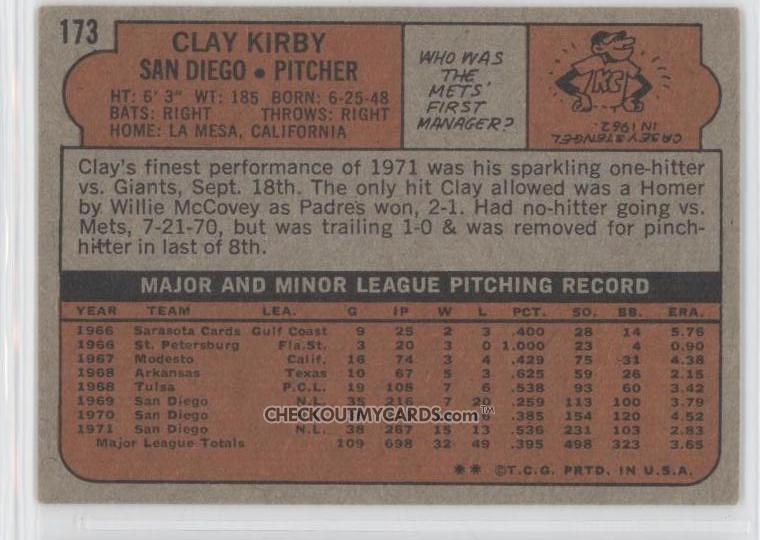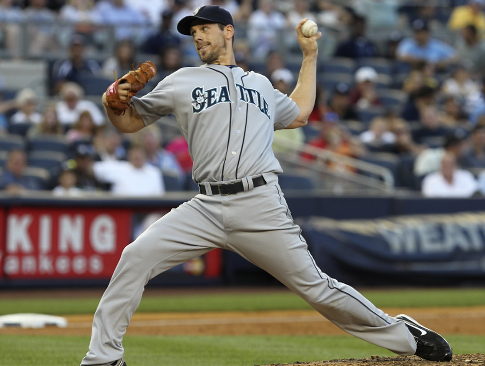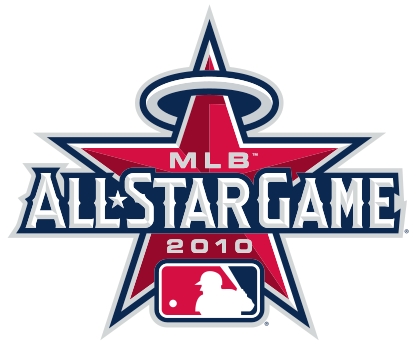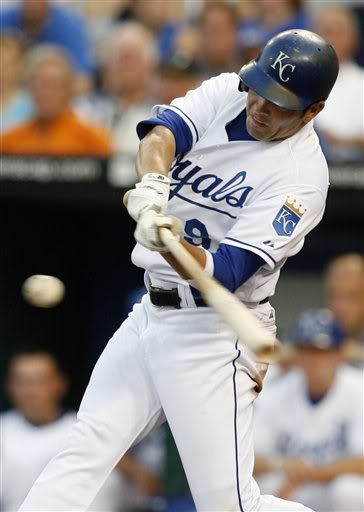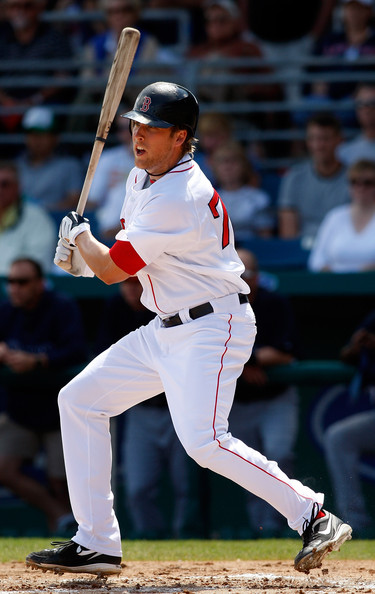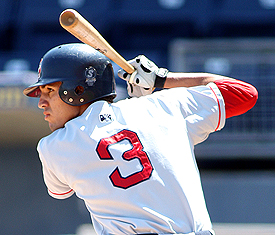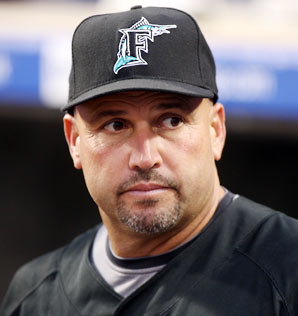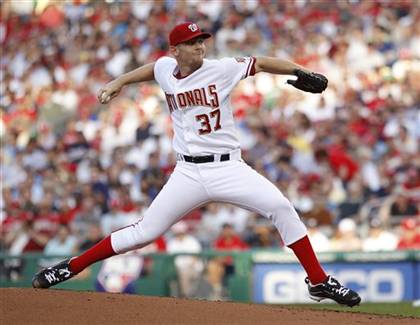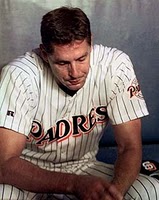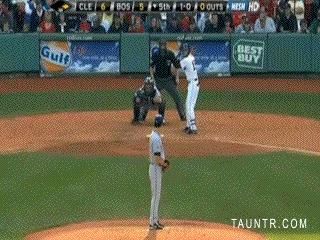
(Photo Cred: boston.com)
As the Red Sox take the field against the Orioles tonight, they do so with their 69th unique lineup in their 80th game of the season. Without further ado, I bring you the July 2nd, 2010 edition of the All Currently-On-The-DL Boston Red Sox. As a side note, I will explain what WAR means after the roster. Also, I will dip into the minor leagues when necessary to fill the gaps (there aren’t many).
Catcher
We start off with the captain and the newest member of the All-DL team,
Jason Varitek. With a broken left foot, he is expected to miss up to 6 weeks. He has exceeded the expectations of most this year and has performed more than admirably in the role he has been assigned.
First Base
Mike Lowell; 29.3 Career WAR, 0.1 2010 WAR, DL since 6/23/10
Lowell has been the odd man out on the team from the get go, and even with all these injuries there really is no place for him. Lowell’s injury is listed as a strained right hip, but you better believe that if the Sox needed him he would be playing through it. The sad truth is, we need the roster spot more. You may think it is a bit of a stretch to put him at first base, but he has actually played 6/10 games there this year (not including when he was the DH).
Second Base
Pedroia has been the best player on this team this season by most metrics. For this reason his injury is probably the most widely known. He was recently joined by
Jason Varitek on the All-Broken-Left-Foot team, but we’ll list those guys another time. This list is starting to look like an All-Decade team…
Third Base
Jed Lowrie; 1.5 Career WAR, has not played in 2010, DL since 3/26/10
Remember him? Lowrie is one of the longer-tenured members of this team, and has been forgotten by most fans. He is out with mononucleosis right now, but has been ailed by several aches and pains over his short career. The once highly regarded prospect sure is missed by the Sox right about now.
Shortstop
Jose Iglesias; hasn’t played in ML- WAR unavailable for minor leagues, DL since 5/29/10
I had to reach a little for this one, down to AA, but Iglesias is one of the team’s top prospects. He has a broken right index finger. Although he would almost certainly not have been called up to the Sox to help out at this point anyway, the injury is not helping his development into our first consistent shortstop since
Nomar Garciaparra. Not that we have high expectations for him, no pressure Jose.
Left Field
Hermida makes the list by virtue of his broken ribs. He, like Varitek, played better than a lot of people were expecting and was a great role player. Speaking of outfielders with broken ribs…
Center Field
The date here is a little deceiving as that is just the start of Ellsbury’s latest stint on the DL. In reality, he has collected just 45 plate appearances this season. It’s pretty amazing when you take one of the best players and the spark plug out of this team and they are still one of the best teams in baseball.
Right Field
Another bit of a reach, Daeges is probably one of the lesser known Sox prospects. This is because he has not played yet this season and missed most of 2009 as well with a severe ankle injury. When he has played though, he has shown some signs of promise, so here’s hoping he can overcome the injury bug and return as soon as possible.
Designated Hitter
Martinez gets the nod at DH, since sadly he is not the best defensive catcher on this list. He was just heating up before he broke his left thumb. Hopefully he will back sooner rather than later to spare us Sox fans from the offensive efforts of a
Kevin Cash/
Gustavo Molina platoon.
Starting Pitcher
Josh Beckett; 22.8 Career WAR, -0.9 2010 WAR, DL since 5/19/10
Beckett is out with a lower back strain. He obviously was expected to be at least an above average pitcher this season, and it just hasn’t happened. Remarkably, the rotation has been a strong point for the Red Sox, even with their ace on the mend.
Closer
Delcarmen is a new member of the team as well, having just gone down with a strained right forearm. Bullpen depth is always crucial, but Manny hasn’t provided an irreplaceable service thus far. A triple-A replacement will do just fine.
This list will mean a lot more if you understand what WAR means, so I’ll try to explain it here for those who are unfamiliar with it. It is one of my favorite statistics and I plan on using it frequently on this blog in the future. WAR, which stands for Wins Above Replacement and was created by Sean Smith of
baseballprojection.com, is defined on Baseball-Reference as “A single number that presents the number of wins the player added to the team above what a replacement player would add.” Pretty powerful concept, right? All these other stats we have mean nothing if your team doesn’t win games, so why not put a player’s performance in those terms? A replacement player is defined as someone on the cusp of the Major Leagues, a “AAAA” player if you will (between AAA and the majors). Essentially, the replacement level player will have a WAR of 0.0 and neither hurt nor help the team. It is important to note that these are not the worst players, many players have accumulated negative WAR totals with poor play.
I love this stat for a few reasons. Not only does it put everything in terms of wins, which just makes sense to me, but it also incorporates EVERY part of the game. Offense, defense, baserunning, pitching, even an adjustment for high leverage situations. I’m not going to post all the actual calculations because there are a couple different methods, I don’t fully understand them, and I don’t think you need to in order to appreciate and understand the stat. The other reason I love WAR is because it is used for both hitters and pitchers. There really has never been a way to compare
Ted Williams to
Roger Clemens before, but we now can see that by this method at least,
Roger Clemens contributed just a hair more (128.4 to 125.3 Career WAR). All of the WAR numbers in this post and for all players can be found on
www.baseball-reference.com.
Finally, to put the single season numbers into perspective a little (keep in mind that the 2010 numbers are for a partial season, through 7/1/10), Baseball-Reference provides this handy dandy scale. A 0-2 WAR season is typical of a reserve/bench player, 2+ is a starter, 5+ is an all-star, and 8+ is an MVP. There’s a lot I could say about WAR, but I’ll leave it at this for now and talk about it more in future posts as it becomes relevant.
